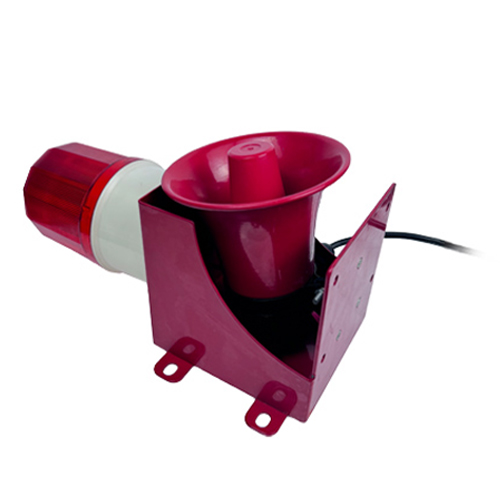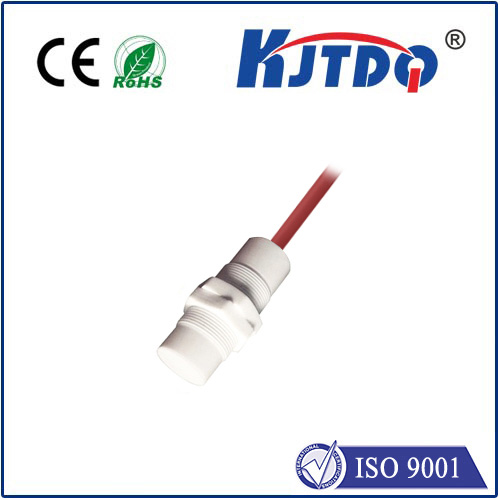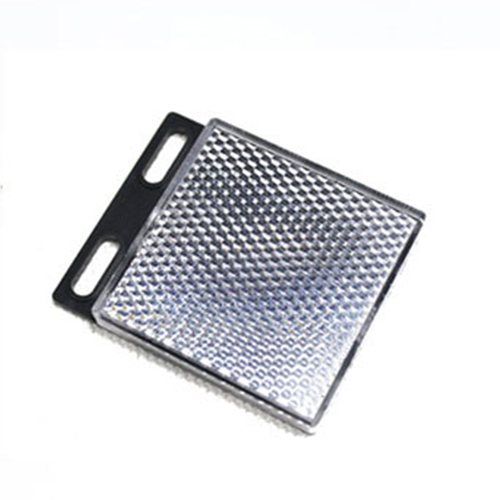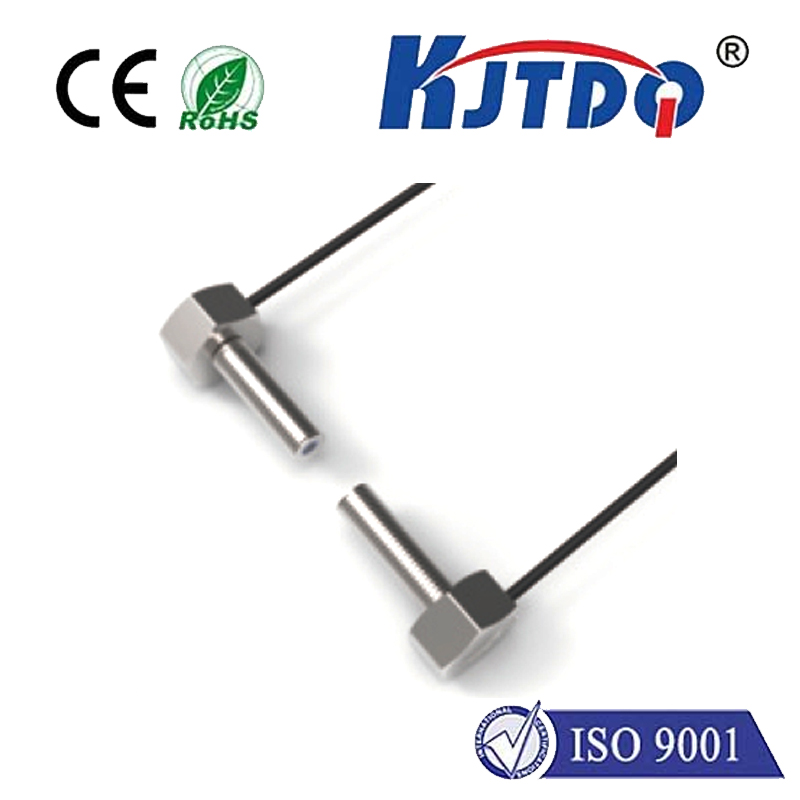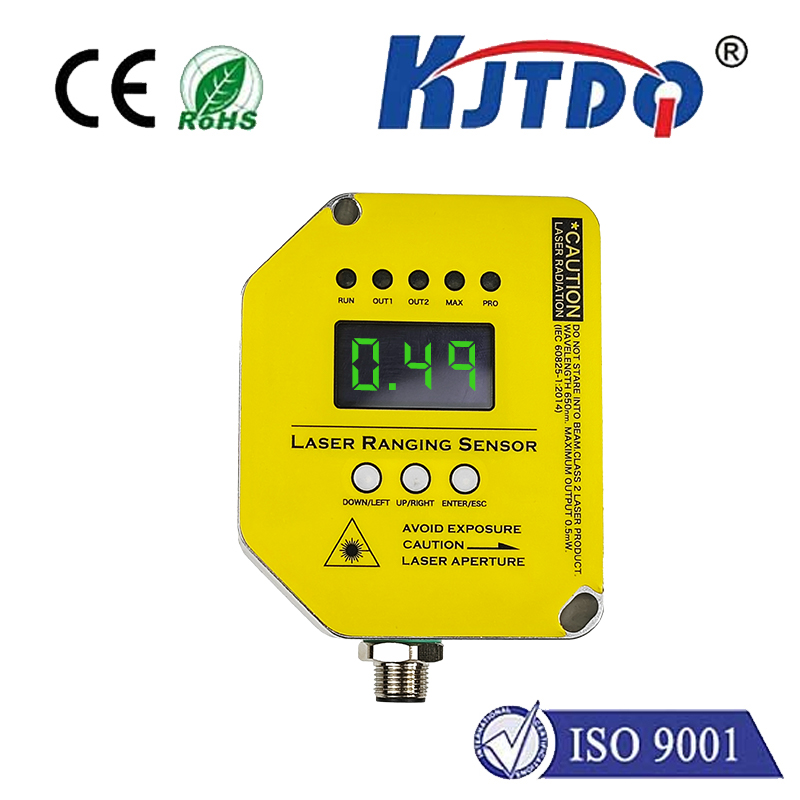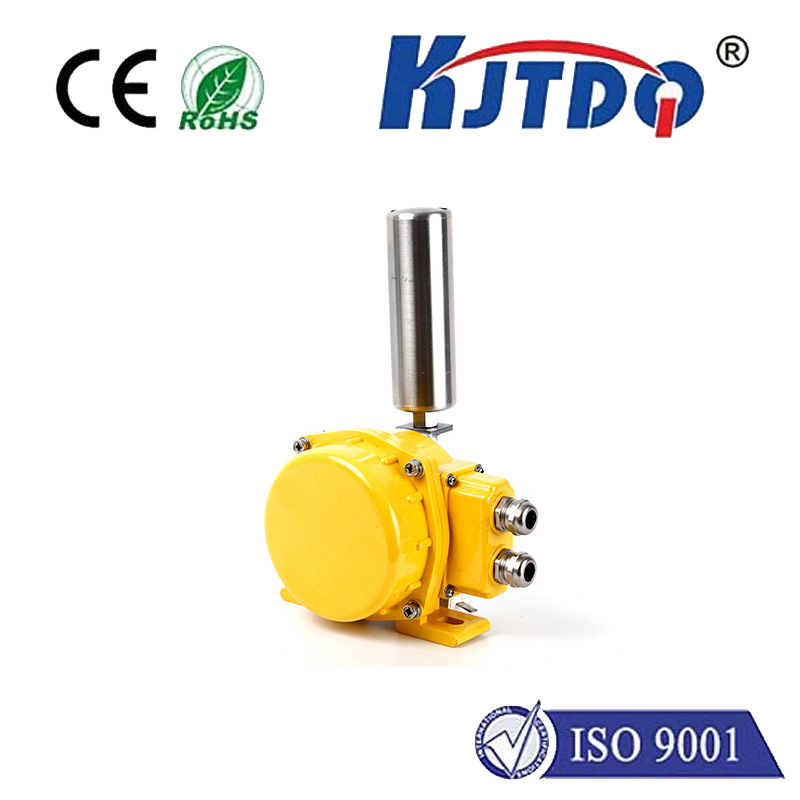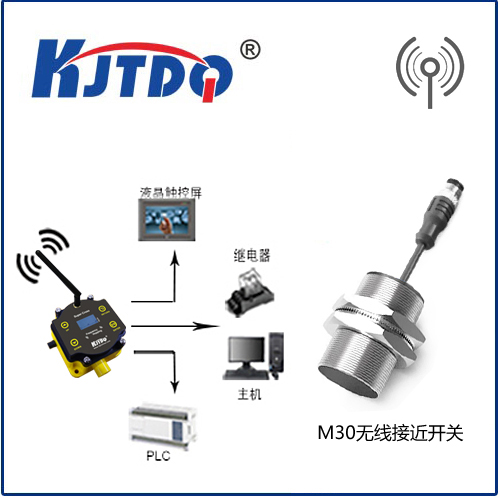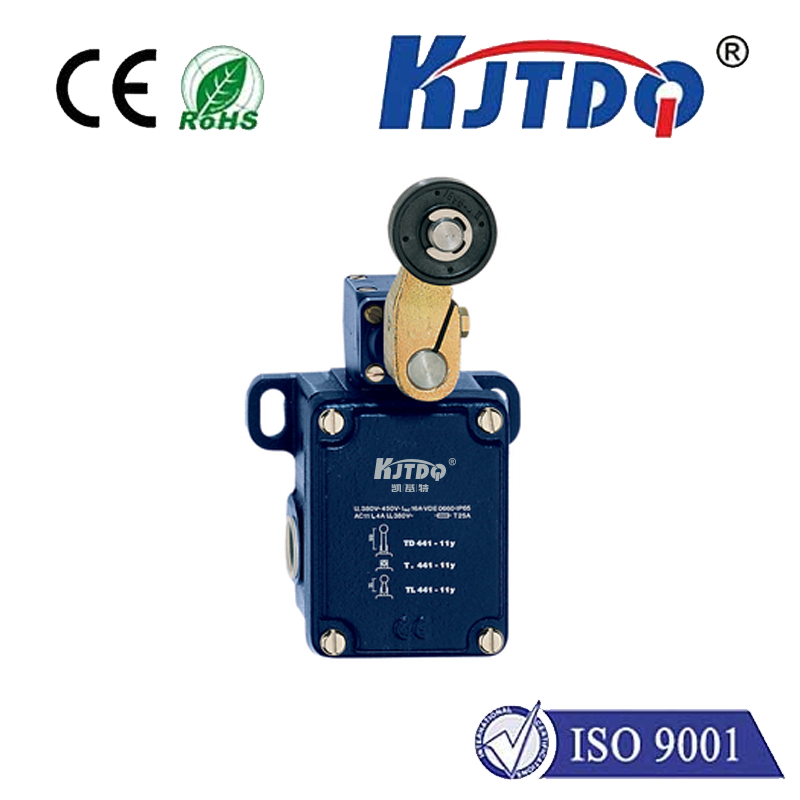trough beam photoelectric sensor photoelectric sen
- time:2025-09-10 17:06:59
- Click:0
The Unseen Guardians: How Trough Beam Photoelectric Sensors Deliver Reliable Industrial Detection
In the relentless hum of modern manufacturing and logistics, unseen sentinels silently ensure smooth operations, prevent costly errors, and safeguard valuable equipment. Among these crucial components, the trough beam photoelectric sensor stands out as a fundamental pillar of precision and dependability in automated object detection. This powerful configuration, a cornerstone of photoelectric sensing technology, offers unmatched performance where accuracy over longer distances or in challenging environments is non-negotiable.
Understanding the Trough Beam Principle: Simplicity Breeds Strength
Often referred to as “through-beam” sensors, this design embodies an elegantly simple yet highly effective principle. It employs two separate physical units:
- The Emitter: This component houses a focused light source, typically an infrared LED or laser diode, projecting a beam of coherent light.
- The Receiver: Positioned directly opposite the emitter, this unit contains a sensitive photodetector specifically tuned to the wavelength emitted by its partner.
The core function is straightforward: the emitter sends a continuous beam of light towards the receiver. When this beam remains uninterrupted, the receiver detects the light signal, indicating a clear path. However, when an object passes between the emitter and receiver, it interrupts the light beam. This interruption causes the receiver’s output signal to change state (e.g., from “ON” to “OFF,” or vice versa), reliably signaling the presence and often the precise moment of interruption by the target object.

This physical separation – the trough between emitter and receiver – is the defining characteristic and the source of its primary strengths.
Why Choose Trough Beam? Compelling Advantages for Demanding Applications
The inherent design of trough beam photoelectric sensors grants them several distinct advantages over other photoelectric sensing modes (like diffuse reflective or retro-reflective):
- Longest Sensing Range: The dedicated receiver, unencumbered by the task of also generating the light, can detect the emitter’s beam over significantly greater distances – often several meters or even tens of meters – making them ideal for large machinery, conveyors, and wide detection zones.
- Highest Reliability & Detection Stability: Because the receiver detects the direct beam itself, it is far less susceptible to variations in the target object’s characteristics. Factors like color, reflectivity, surface finish, or even transparency have minimal impact on detection reliability. A black, shiny, matte, or clear object interrupting the beam will be detected with equal certainty.
- Excellent Precision: The focused beam provides precise detection boundaries. The sensor triggers exactly when the beam is broken, offering high positional accuracy, crucial for tasks like object counting or positioning on high-speed lines.
- Robust Performance in Difficult Environments: The high signal strength inherent in the direct beam path provides superior noise immunity against ambient light fluctuations, dust, smoke, steam, and vibration compared to other modes. This makes them well-suited for harsh industrial settings (factories, foundries, packaging plants) or outdoor applications.
- Simplicity of Setup: Alignment is critical, but the principle is simple: ensure the emitter’s beam hits the receiver’s detection window correctly. Many models feature visual or audible alignment aids (like bright LEDs or buzzers) to simplify this process.
Where the Beam Shines: Key Industrial Applications
The unparalleled reliability and range of trough beam sensors make them the go-to choice for numerous critical tasks:
- Object Detection & Counting: Verifying the presence of products, components, or materials on high-speed conveyors, assembly lines, or packaging machinery. Counting boxes, bottles, or parts with high accuracy.
- Web/Break Detection: Monitoring continuous materials like paper, film, foil, or textiles. A break in the material interrupting the beam signals a fault, triggering an alarm or machine stop to prevent damage and waste.
- Overhead Door & Gate Safety: Creating safety curtains at entrances to warehouses, loading docks, or automated gates. Objects or personnel interrupting the beam prevent door closure, enhancing safety.
- Position Verification & Registration: Ensuring parts are correctly positioned before a process step, such as machining, welding, or assembly, happens. Confirming pallet placement before robotic operation.
- Level Detection: Monitoring material levels in large bins, hoppers, or silos (e.g., blocking the beam when material reaches a certain height).
- Security Systems: Acting as invisible tripwires for perimeter protection in sensitive areas.
Selecting and Implementing Your Trough Beam Solution
While the principle is simple, successful implementation requires careful consideration:
- Sensing Range: Choose a sensor pair rated for the actual distance between your intended mounting points, plus a safety margin.
- Light Source: Infrared is common and cost-effective. Laser diodes provide extremely focused beams for small object detection or very long ranges.
- Environmental Factors: Consider IP rating (dust/water resistance), temperature range, resistance to chemicals, and potential for optical interference (steam, dust, ambient light). Optically polarized filters can help combat stray light.
- Output Type: Ensure the sensor’s output signal (PNP/NPN, analog, relay) is compatible with your PLC or control system requirements.
- Mounting & Alignment: Secure, vibration-resistant mounting is essential. Utilize alignment aids during installation and conduct periodic checks, especially in environments prone to vibration or accidental bumping. Proper brackets and protective housings are often wise investments.
The Enduring Value of a Direct Path
In a world driven by automation, the trough beam photoelectric sensor remains a testament to the power of fundamental engineering principles. Its direct beam approach offers unrivaled reliability, extended range, and exceptional stability across diverse and challenging industrial landscapes. Whether safeguarding personnel, ensuring product flow, guaranteeing precise positioning, or detecting critical breaks, these robust sensors provide the dependable detection foundation upon which efficient, safe, and productive operations are built. Their simplicity masks their profound impact, making them truly indispensable unseen guardians of modern industry.







